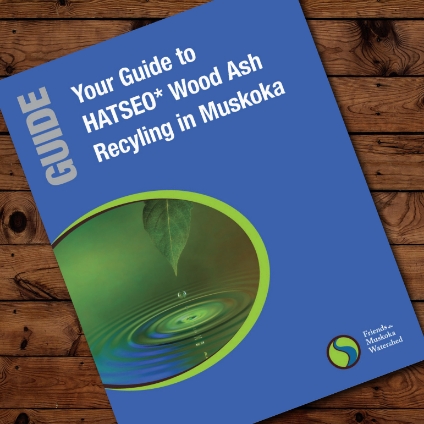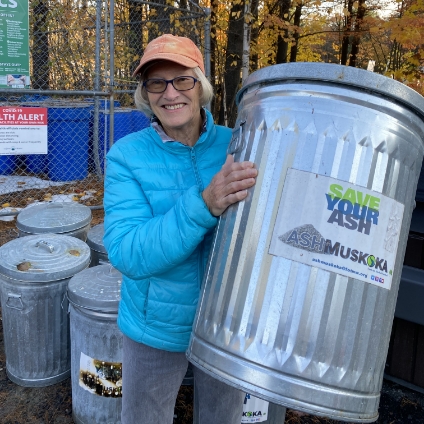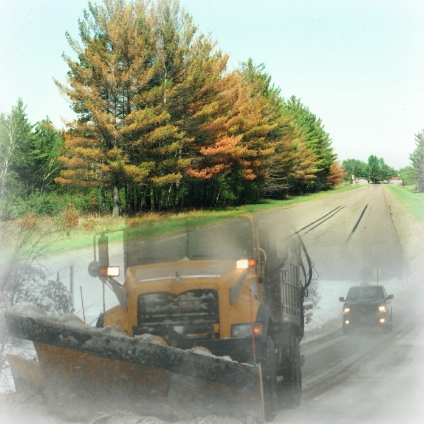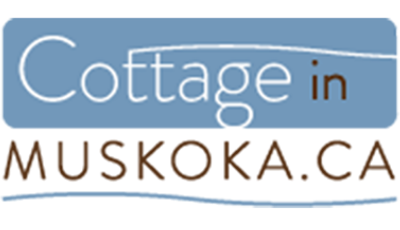Become A Member
Become a Corporate Member
HATSEO (COMPLETE)
The Hauling Ash to Solve Ecological Osteoporosis (HATSEO) project was the first phase in seeking a greater understanding of the dwindling calcium levels in Muskoka’s lakes and soils. These dropping calcium levels are causing a decline in the number of sugar maples in our forests, yield in maple sap production, and even the crayfish in our lakes. All signs that the health of the watershed is being threatened.
Through applied research, HATSEO explored, created, tested, and refined an optimal way to collect, store and distribute wood ash. In doing so, we were able to confirm the viability of using wood ash to replenish the calcium levels within the local watershed.
Ultimately, this project provided a foundation for the work to come in the ASHMuskoka project and furthered our mission to ensure a healthier ecosystem, now and in the future.
ASHMUSKOKA (ACTIVE)
ASHMuskoka (formerly, HATSOFF – Hauling Ash To Save Our Forests’ Future) is the next phase of the highly successful HATSEO project.
With ASHMuskoka, we deeply explore the idea that wood ash can safely be used to restore the well-documented damage to forests and lakes caused by widespread calcium (Ca) decline in Muskoka. Restoration begins by restoring soil and groundwater Ca levels to their pre-acid rain levels.
Independent assessments and HATSEO project results have confirmed the need for such a program, along with the local enthusiasm and supply of wood ash needed for success. We also hope to expand this program beyond Muskoka, with the help of local leaders.


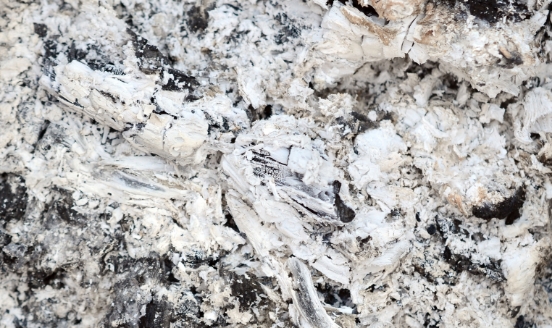
We plan to ensure long-term recycling of wood ash and the ongoing participation of local residents in the program by:
- Collaborating with the District Municipality of Muskoka staff to establish policy, training, infrastructure, and personnel needs to sustain the program in perpetuity;
- Providing District staff with tested tools to calculate needed wood ash application rates;
- Developing ongoing marketing strategies to ensure the flow of wood ash supply from the public;
- Seeking and training leaders to expand the program beyond Muskoka.
We will also find appropriate ways to work in partnership with the forest management industry and large not-for-profit environmental corporations to develop their support of this new recycling initiative to supplement the blue box and green bin programs.
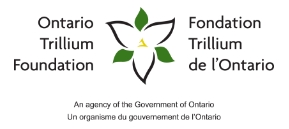
We wish to acknowledge the generous financial support of the Ontario Trillium Foundation (OTF) in making this vital project possible.
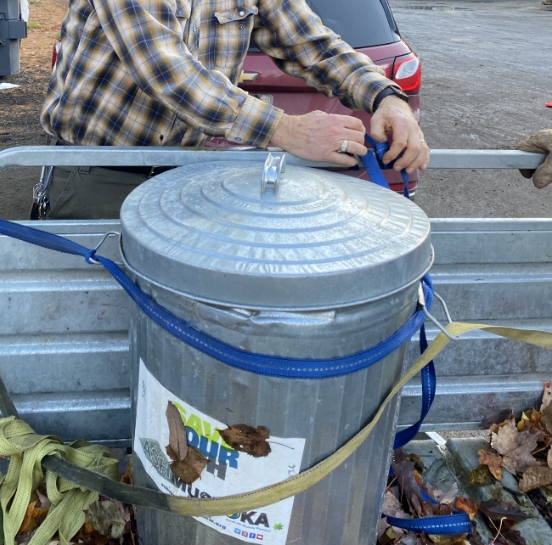
ROAD SALT MANAGEMENT (ACTIVE)
Road salt negatively impacts the water quality within the watershed. In turn, it also harms the local wildlife, such as fish, birds, turtles, and frogs.
With this in mind, we’re focused on lightening the road salt problem in Muskoka. Our presentations to the Watershed Council, and the District Engineering and Public Works committee, as well as our meetings with the District Chair and Commissioner of Public Works, directly led to the formation of the Muskoka Salt Reduction Committee.
The District budgeted $50,000 in funding and created this working committee to reduce the use of salt in Muskoka and bring the Smart About Salt program to the Muskoka community. We are members of this committee and are working together to reduce the threats of road salt while still protecting your personal safety during difficult winter weather.
FUTURE PROJECTS
BECOME A CITIZEN SCIENTIST
WHY?
- Get outside and learn about trees and forests
- Help the watershed by aiding in increasing nutrient concentrations to pre-acid rain levels
- Help in the fight against climate change
- Aid in the health of your trees, forest, and ecosystem
- Contribute to a local and provincial database of tree and soil information
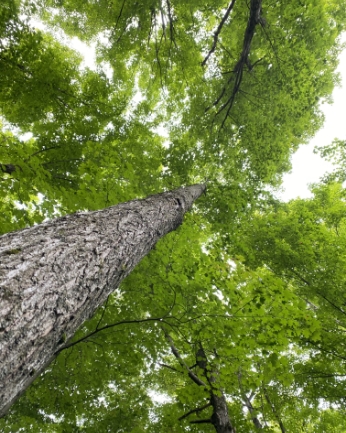
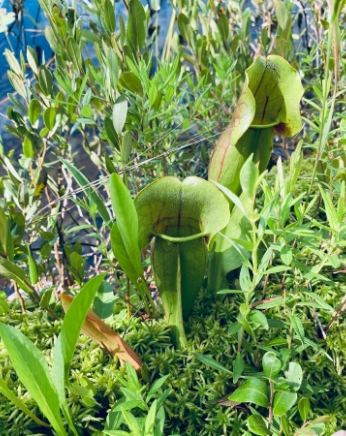
WHAT WE PROVIDE
- Digital and hard copy instructions
- Bucket of ash
- Masks
- Gloves
- For Citizen Scientists who are collecting soil and foliage samples: trowel, measuring tape, Ziplock bags, envelop
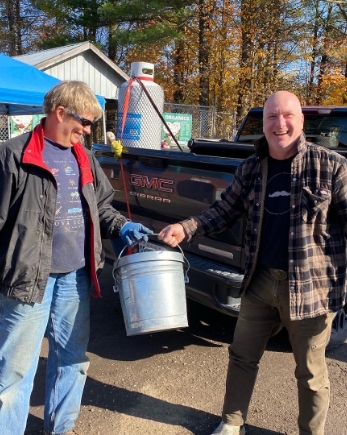
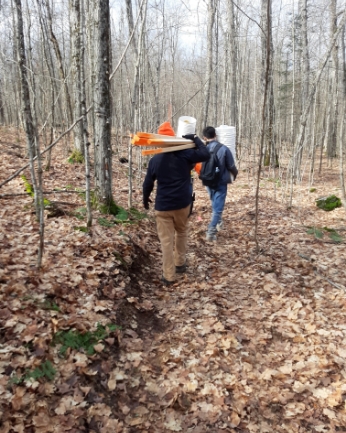
WHAT YOU’LL NEED
- Metre stick (or any stick that is of known and recorded length)
- Snips for collecting foliage
- Measuring tape (i.e., tailor measuring tape)
- Digital camera or smartphone camera
- Access to computer


THE WORK SO FAR
Friends of the Muskoka Watershed, along with universities, community and government partners, and thousands of volunteers, have collected and spread over 9.2 tonnes of wood ash in Muskoka forests, and the results are in! The application of clean residential wood ash to forests appears to have woken up the trees.
These results suggest that regulated ash application may not only lead to more delicious maple syrup, but can cause trees to absorb more carbon and water, assisting in the fight against climate change, and help with flood mitigation.
With these exciting results, the project expanded and residents were given the opportunity to be a part of it by becoming Citizen Scientists (CS). Data collection began in spring 2022 and is half complete.
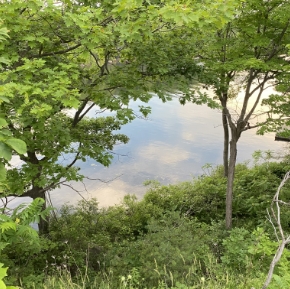

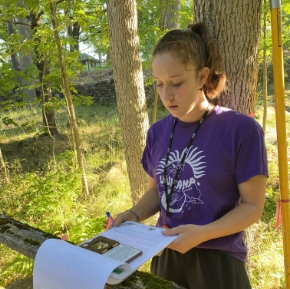
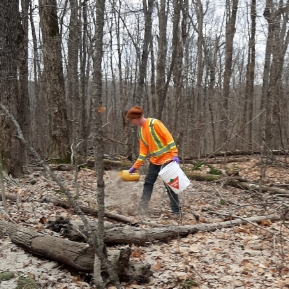
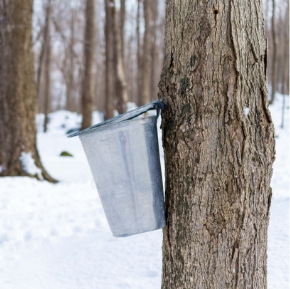
Are you interested in getting involved with FOTMW?






